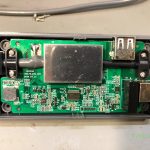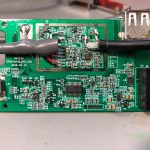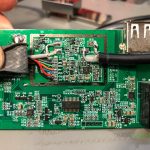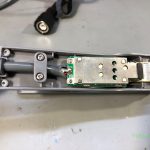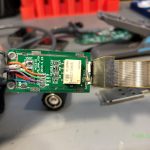In a previous video I showed how I designed and assembled my own T10 style LED bulbs for the purpose of installing them in my car for the interior lighting. I was sick of these cheap bulbs I was getting from Aliexpress which didn’t last very long due to poor thermal performance and also they had this nasty blue tint color for the LEDs. The video I’m talking about is Voltlog #319, those bulbs have been installed in my car for the past couple of months, they are great. I love them and I’m pretty sure I will never have to replace those again.
Unfortunately T10 is not the only style of bulb that my VW uses on the interior lights, it also uses this style of bulb which is called C5W festoon for the lights on the sunvisor area. This comes in a few different lengths, I need mine to be 37.5 mm. So you can probably guess what I did next, I took the circuit I used previously and adapted the layout to fit the C5W outline.


